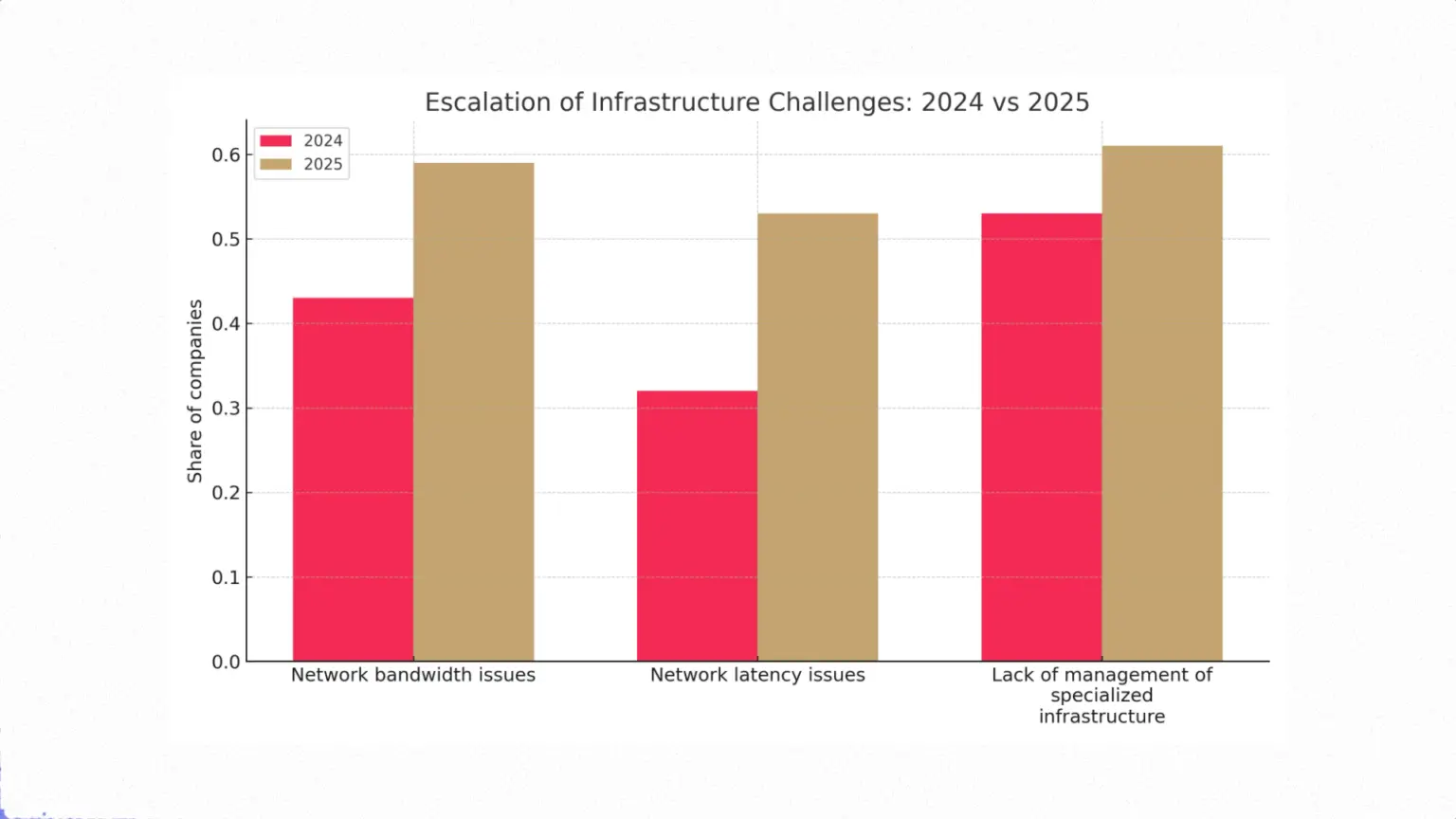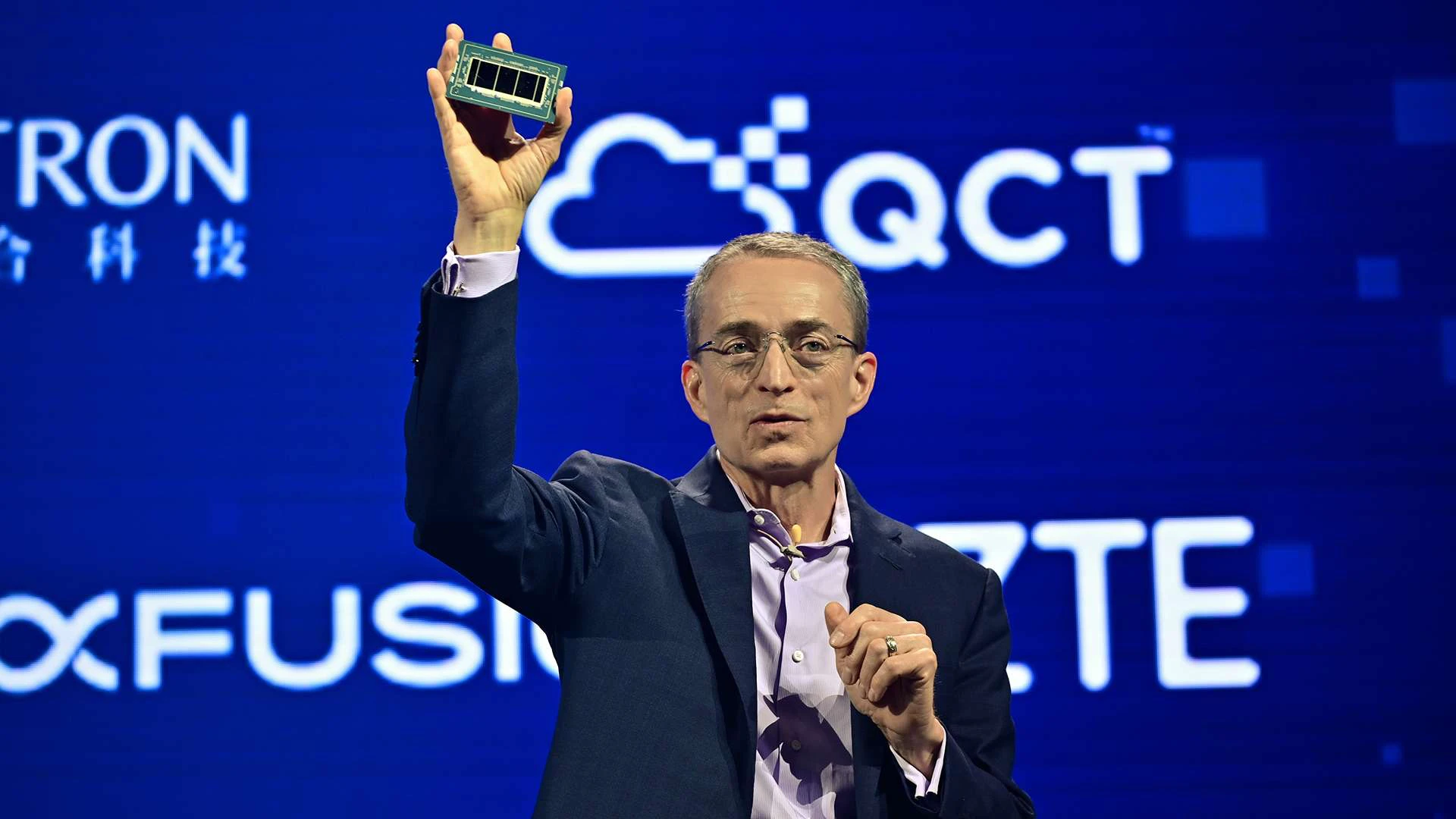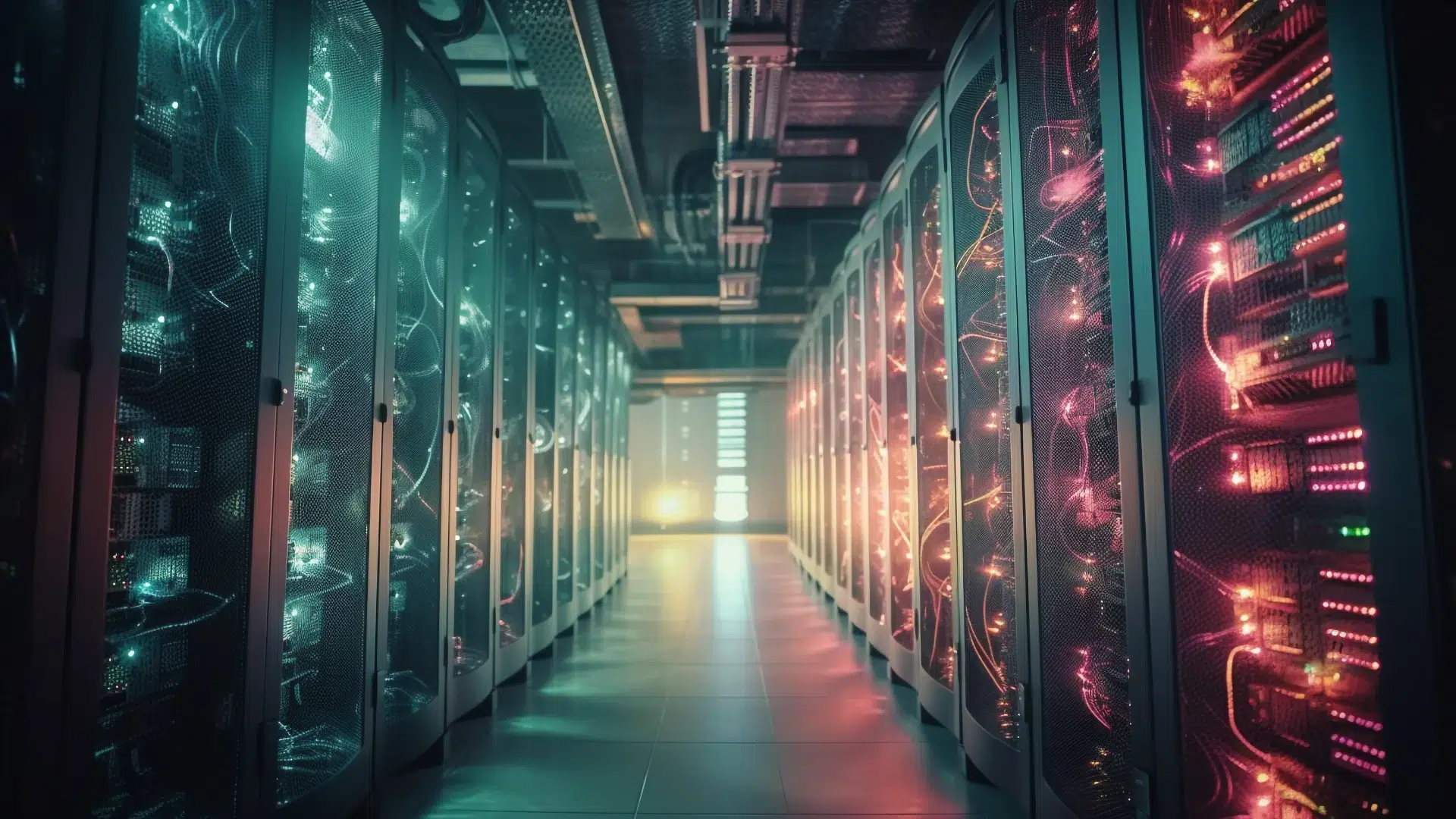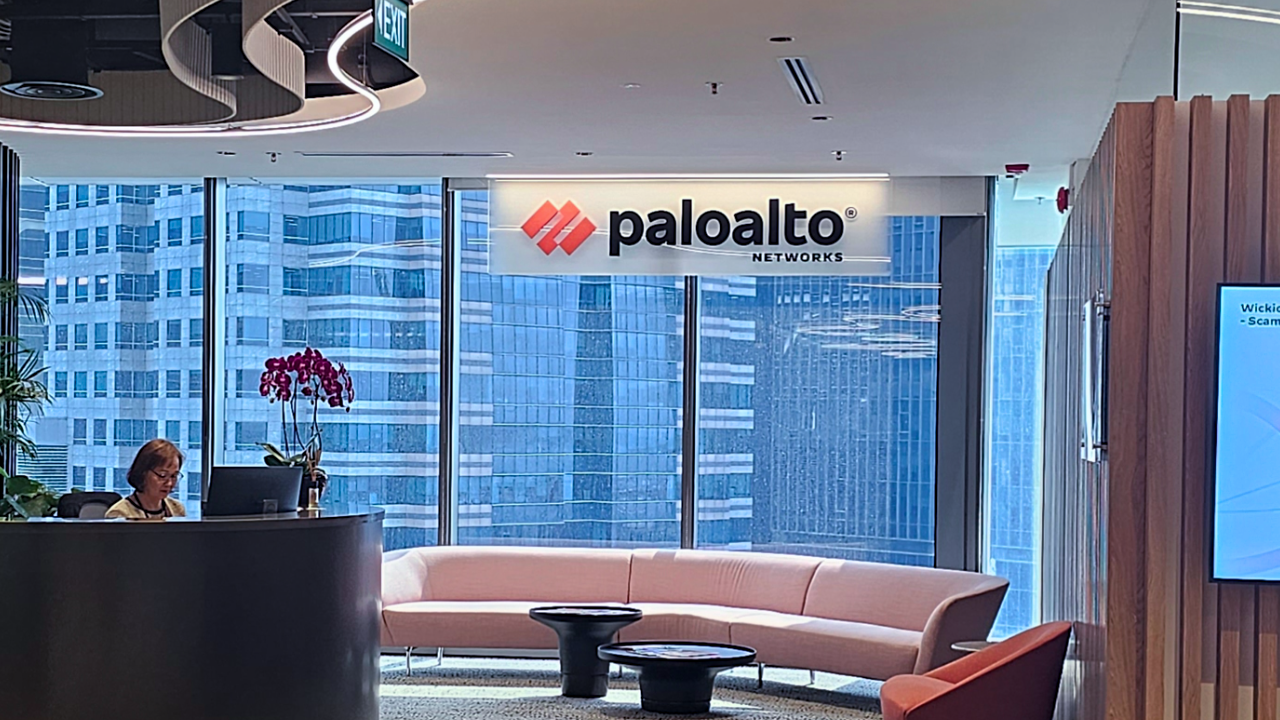The year 2025 marks the point at which artificial intelligence ceases to be a technological curiosity and becomes a business imperative. Already 83% of companies say AI is a top priority in their plans , and 88% of leaders see accelerating its adoption as a key objective. Investment is growing exponentially, driven by the promise of unprecedented returns.
However, behind the facade of this enthusiasm lies a disturbing paradox. Organisations, rushing towards revolution, are colliding with the wall of their own technological foundations. Flexential’s‘2025 State of AI Infrastructure‘ report mercilessly exposes this truth: as many as 44% of companies cite IT infrastructure limitations as a major barrier to the expansion of AI initiatives. This is a central strategic challenge that can derail the most ambitious plans. Infrastructure, once seen as a back office, has become the bottleneck that determines the pace of innovation.
ROI-driven arms race
The global AI boom in 2025 is no longer driven by curiosity, but by hard, tangible benefits. We have moved from a phase of experimentation to a phase of strategic, company-wide scaling. The driving force is return on investment (ROI). Companies that have implemented generative AI report an average return of 3.7 times their investment. What’s more, 74% of organisations report that their most advanced GenAI initiatives meet or exceed ROI expectations.
These results mean that business leaders are no longer asking “does AI work?”, but “how do we implement it in key processes to gain a sustainable advantage?”. We are seeing a clear shift in focus from distributed testing to deep deployments in business model-critical areas such as IT, operations, marketing and customer service.
The scale of financial commitment is impressive. As many as 70% of organisations are allocating at least 10% of their IT budgets to AI initiatives. Enterprise use of generative AI has jumped from 55% to 75% in the past year alone. However, this rush towards innovation creates a dangerous feedback loop. Success in ROI motivates boards to allocate ever-increasing budgets to further projects, each of which generates huge, often underestimated demands for computing power, network bandwidth and data centre space. As a result, initial success becomes a driving force that collides with the physical limitations of the infrastructure, creating a strategic dilemma: how do you keep up the pace when the technological foundations start to crack under the pressure of your own success?
Critical point: AI infrastructure crisis
Enthusiasm and investment collide with hard, physical reality. IT infrastructure, for years treated as a support for the business, today becomes its main constraint. It is no longer just an IT issue, but a fundamental business risk.
Energy and cooling – physical limits to growth
AI workloads generate an insatiable appetite for energy. The data from the Uptime Institute study is alarming: 27% of server racks dedicated to AI training exceed a power consumption of 50 kW. By comparison, a simple answer to a query on ChatGPT can require ten times more energy than a traditional Google search. This ‘power fever’ is forcing data centre operators to take immediate and costly action. As many as 52% are urgently upgrading their power infrastructure and 51% are investing in new cooling systems. Underestimating these needs leads to project delays, increased operational costs and the imposition of a physical ‘ceiling’ on a company’s ability to scale AI.
Data centres and the network – new bottlenecks
The problem is not just one of capacity, but also of space availability. Demand for specialist data centres is dramatically outstripping supply. Vacancy rates in key markets have fallen to a record low of 1.9 per cent, and more than 70 per cent of new facilities are leased even before completion. For companies seeking significant capacity, waiting times for new infrastructure now exceed 24 months. This forces organisations to anticipate their needs 1-3 years ahead.
Even if a company manages to secure power and space, its efforts can be thwarted by another bottleneck: the network. Flexential’s report shows a dramatic increase in problems in this area. The percentage of organisations reporting network capacity issues rose from 43% to 59% in a year, and latency challenges rose from 32% to 53%. Investing millions in the most expensive AI accelerators without at the same time upgrading the network to standards such as RoCE or InfiniBand is like putting a Formula 1 race car engine into a city car – the powerful computing power will be continually throttled.
The infrastructure crisis is creating a new division between market winners and losers. The dividing line no longer runs along the wealth of the portfolio, but along the capacity for strategic planning. Companies that anticipated this crisis and planned their needs years ahead now have a fundamental advantage that cannot be quickly made up. The new competitive divide is therefore not between the rich and the poor, but between the foresighted and the reactive.
Competence gap
Even organisations that manage to overcome infrastructure barriers face another challenge: a shortage of skilled people. The AI skills gap is reaching a critical level, becoming as serious a brake as restrictions on access to hardware.
Scale of the problem in figures
Statistics show that talent has become the most scarce resource. As many as 86% of leaders are concerned about their ability to attract or develop specialist talent. For 38% of C-suite executives, the skills gap is the main factor inhibiting their organisation’s performance. The problem is growing: in one year, the percentage of companies reporting a shortfall in AI management rose from 53% to 61%. This translates into dramatically low confidence among leaders, with only 14% believing they have the right talent within their ranks to execute an AI strategy.
The new technological elite and strategic responses
The talent shortage is not uniform. Demand for some roles has exploded, creating a new, highly paid elite. The best example is the MLOps Engineer, a role that combines machine learning, software engineering and operations (DevOps). LinkedIn has seen this role grow in popularity by 9.8x in five years. Demand for AI infrastructure specialists, low-latency networking experts and GPU cluster management is also growing rapidly.
Faced with such a competitive market, companies need to act strategically. The first option is to ‘build’ talent from within through upskilling and reskilling programmes. As many as 69% of global CEOs predict that implementing AI will require most of their employees to learn new skills. The second option is to ‘buy’ or ‘borrow’ talent through recruitment or outsourcing. The labour market for AI professionals is extremely heated , making outsourcing a powerful tool, providing immediate access to the global talent pool and eliminating lengthy recruitment processes.
The AI skills gap is not a problem separate from the infrastructure crisis – it is a direct result of it. The increasing complexity of technologies such as InfiniBand and advanced cooling systems is creating a need for a whole new set of skills that the market has not been able to develop in such a short time. You can’t solve the infrastructure problem by just buying hardware. At the same time, you need to invest in people who can operate it effectively.
Trust deficit: Security and governance in the age of AI
Even organisations with state-of-the-art infrastructure and the best talent can fail if they ignore the third pillar: trust. The rapid and often uncontrolled adoption of AI is creating new and unprecedented risks.
New risk frontier
The deployment of AI on a massive scale is fundamentally changing the cyber threat landscape. As many as 55% of companies admit that AI adoption has increased their vulnerability to attacks, a dramatic increase from 39% the year before. New attack vectors are emerging, such as data poisoning and adversarial attacks to deceive the model.
One of the most insidious threats is ‘Shadow AI’ – the unauthorised use of external AI tools by employees. In a well-intentioned attempt to increase productivity, employees enter sensitive company data into publicly available models such as ChatGPT, leading to millions of information leakage incidents.
Governance imperative
The speed of AI deployments is outpacing the development of internal regulations. A third (33%) of companies admit that their corporate governance systems for AI lack defined security protocols, and nearly half (48%) report gaps in bias detection (bias) policies. In response to this chaos, the US National Institute of Standards and Technology (NIST) has published the AI Risk Management Framework (AI RMF), a comprehensive guide to help manage risk in a structured way.
The ‘Shadow AI’ phenomenon is a paradoxical side-effect of upskilling programmes. Companies encourage employees to learn, but by failing to provide them with safe, in-house alternatives, they push them into the arms of public tools. Upskilling initiatives, if not coupled with clear policies and the provision of secure tools, become a major source of risk for the entire organisation.
Verdict for 2025
The AI revolution is inevitable, but failure is an equally real scenario for those who ignore the cracks appearing in their technological and human foundations. Success will not depend on the scale of ambition, but on the ability to synchronise vision with operational readiness.
The question posed in the title – ready for revolution or doomed to failure? – there is no single answer. It will be given individually, within each organisation, through the decisions taken in the coming months. The companies that approach these challenges with due seriousness have the opportunity to become the true leaders of this transformation. The others risk their AI investments becoming costly monuments to a missed opportunity.












